1. Natural state
Five indices are used to investigate the whole picture of a river environment,
including the river water, the living things, the scenery, and its use in our daily lives. Each index
has three to five items (called separate indicators) used to investigate the river condition.
Evaluate each separate indicator on a scale of 3 to 1 by observing the river
conditions.
If possible, write the reasons why you chose your ranking.
You can start with any indicator that seems appropriate.
1. Natural state
This represents how much nature is preserved in the water environment.
*For more detailed information,
please refer to the Ministry of the
Environment manual "Let's go to a river together! (PDF)".
(1) Quantity of water
Is there an abundant flow of water?
Referring to the following pictures, observe the river condition. The numbers in parentheses are the scales. Choose the most appropriate scale.
Abundant flow (Scale 3)
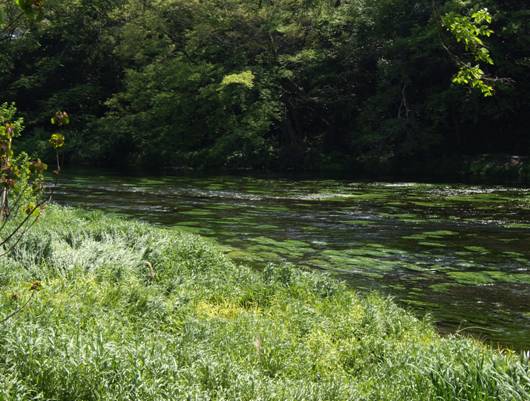
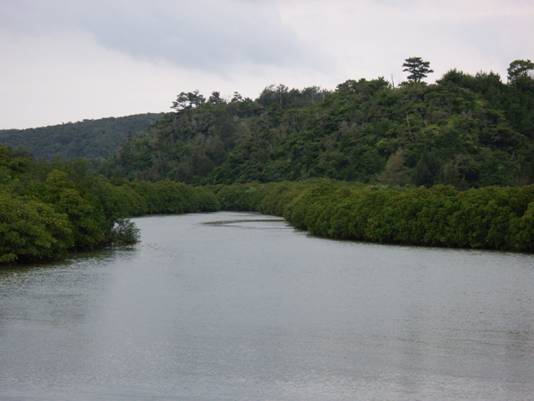
Some flow (Scale 2)
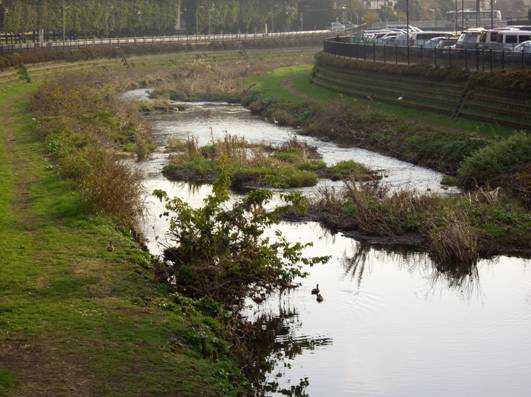
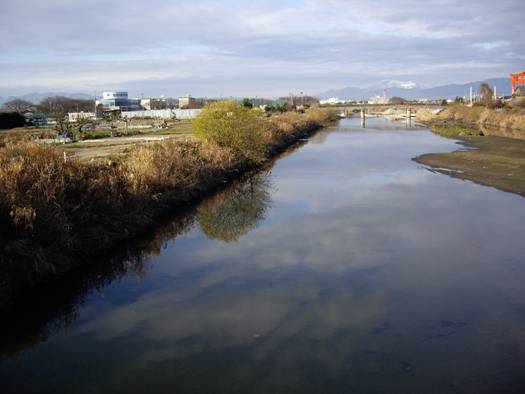
No flow (Scale 1)
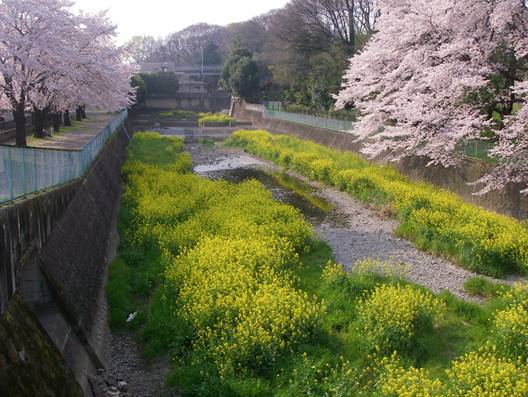
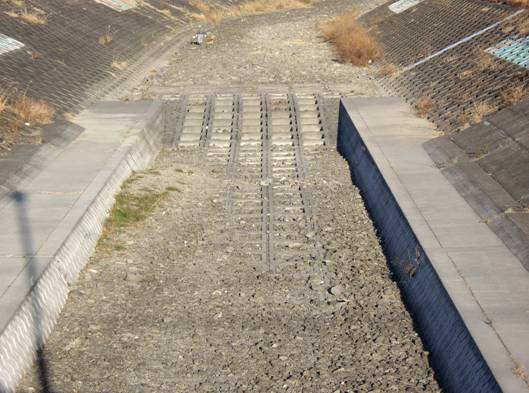
(2) Condition of the riverbank
Does the riverbank look natural?
Observe how much of the riverbank is natural and how much is covered with concrete. Bank protection functions to make the riverbank stronger against floods. It also has an important function for the lives of plants and animals and the relationship between people and the river.
Natural (Scale 3)
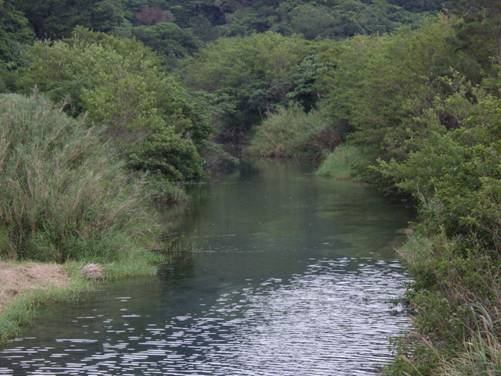
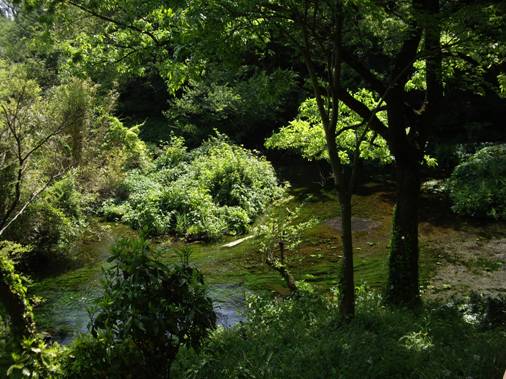
Restored, but looks natural (Scale 2)
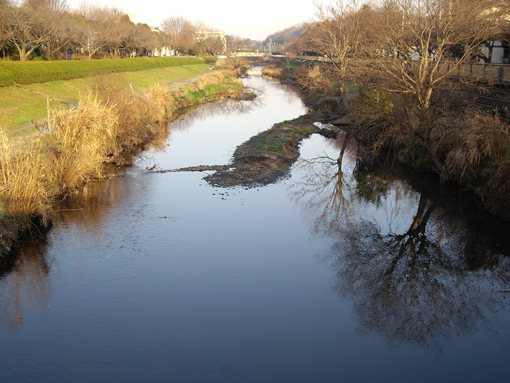
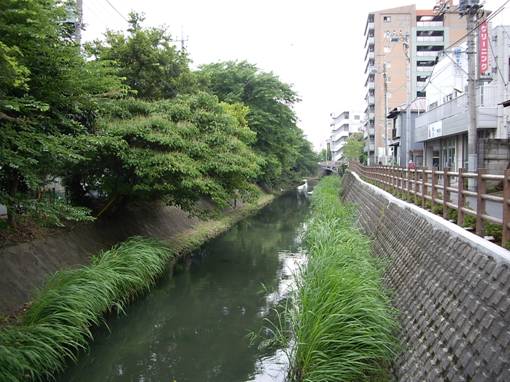
Restored with much concrete (Scale 1)
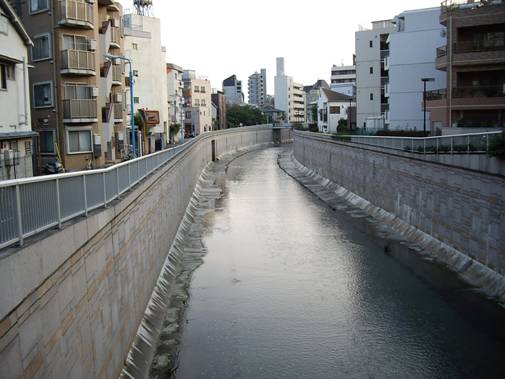
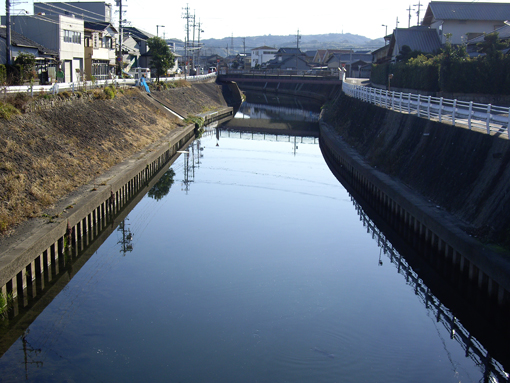
(3) Can a fish go upstream?
Are there any obstacles? Are there fish ladders?
If there are weirs or man-made structures in the river, fish or another aquatic animals cannot go upstream freely. Observe man-made structures that obstruct the movement of aquatic animals.
Fish can go upstream (Scale 3)
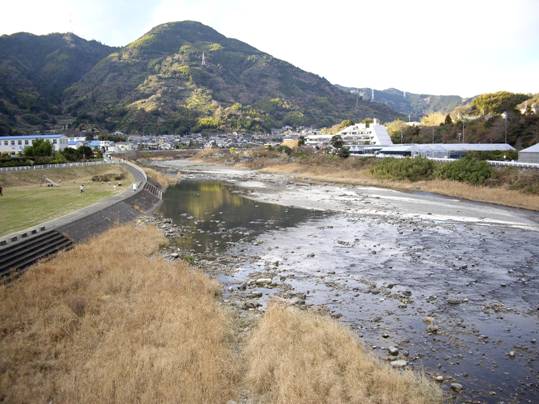
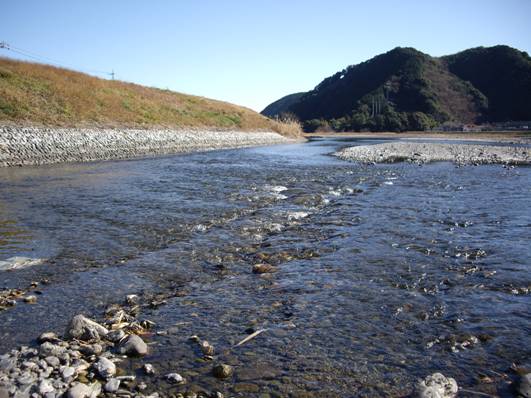
There are some devices such as fish ladders (Scale 2)
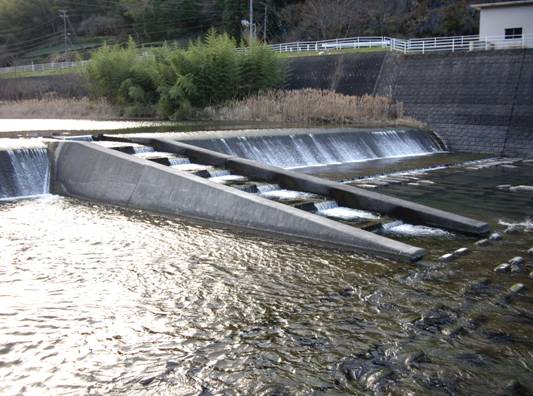
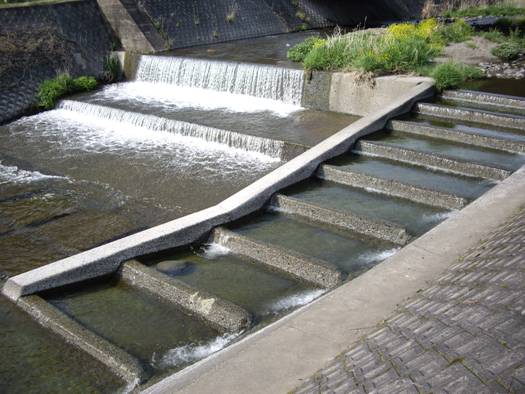
Fish cannot go upstream due to obstacles (Scale 1)
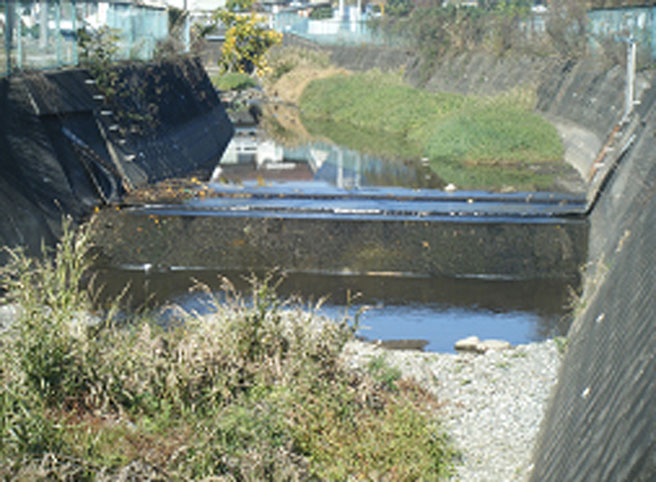
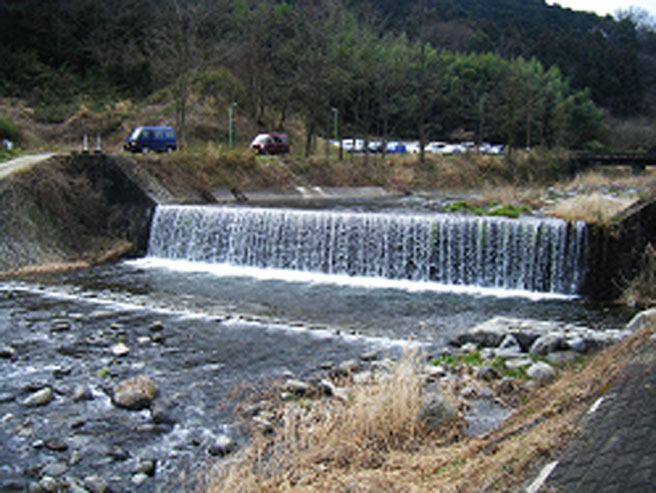
All photos shown here are of rivers in Japan. When the number of overseas surveys increases in the future, we plan to present photos of overseas rivers here. We hope that with your cooperation, surveys will be conducted widely around the world.
Contact Us
Please feel free to contact us if you have any questions about how to use "Mizube Go!" or how to use it for environmental learning.


